Impact Madagascar
What We Do
At IMPACT Madagascar we believe it’s not possible to protect the environment without also considering the people who depend on its resources on a daily basis. Since 2013 we’ve been working with local communities to alleviate poverty and provide achievable and sustainable environmental protection through a variety of projects.
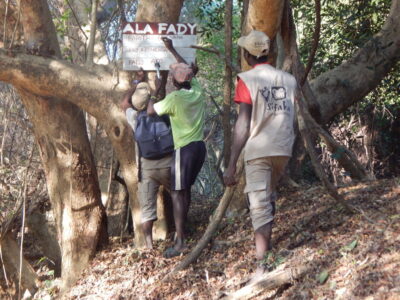
How We Protect Lemurs And Other Wildlife
Lemur and habitat monitoring
Our lemur and habitat monitoring includes periodic inventories of diurnal and nocturnal lemur populations located at our project sites. These focus mostly on the mongoose lemur and crowned sifaka (though the surveys are inclusive of all lemurs in the area).
The Sifaka Conservation program aims to save the fragmented forests across the four locations (along the central highlands and northwestern areas), in order to protect crowned sifaka populations and the remaining rare dry and gallery forests. Additionally, our team identifies and monitors the pressures and threats these lemur populations and their habitats face. With identification at each site, we can develop better strategies to combat these harmful actions and to prevent future destruction.
Reforestation
Our activities focused on forest restoration include large-scale community reforestation events. During these events, community members come together and plant native forest and fast-growing tree species in the area. The saplings that are planted are produced by the communities themselves in tree nurseries on site.
Conservation Education
Our conservation education projects constitute an important strategy to address threats to biodiversity and to ensure community participation and the sustainability of conservation actions. This environmental outreach includes awareness campaigns at both school and household levels. Additionally, information sessions take place through multimedia presentations and focus on the fundamental roles of the forest, the causes of destruction and their impact on human life, biodiversity and conservation, environmental laws, the food web, wildlife, and its ecological role, and ecosystem services.
What Lemur Species We Protect
Our conservation work currently focuses primarily on the Mongoose lemur (Eulemur mongoz) and Crowned Sifaka (Propithecus coronatus), two critically endangered species present at our sites.
How We Support Local Communities
 Community Development
Community Development
To help improve the living conditions of the local population in conservation areas, we have many community development projects that aim to promote income-generating activities within these communities.
We work with the local people in order to increase their farming yield and agricultural production by monitoring and providing practical training in the use of modern farming techniques and improved livestock breeding programs, as well as promoting other alternative sources of income. In addition, we also encourage the production and sale of local produce to boost income within communities. As well as providing a more secure and sustainable future, this approach helps to reduce damage to biodiversity and forests from other farming methods.
Conservation education
Conservation education projects include practical activities such as healthy living, water purification, waste management, and how to recycle various types of waste. This aims to improve health and sustainability.
Establishment and support of VOIs
At each of our conservation sites, we have established local management committees, called VOIs. These committees help to manage the forests, and patrols are run by local people to monitor threats such as illegal logging and poaching, while simultaneously engaging local people in the protection of their forests.
Community Health
Additionally, we work to provide community health initiatives to these rural communities and offer them resources and care they do not otherwise have access to. These activities vary across sites and include medical missions in collaboration with health organizations to provide treatment and medical care, sexual and reproductive health education, and raising awareness about the importance of hygiene and water purification.

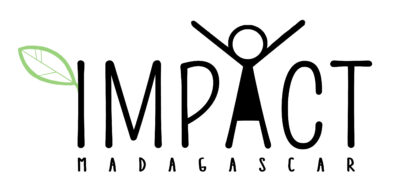
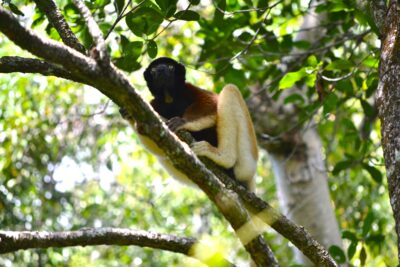
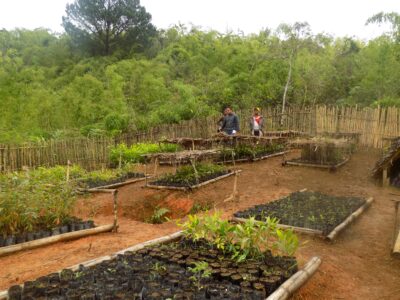 Community Development
Community Development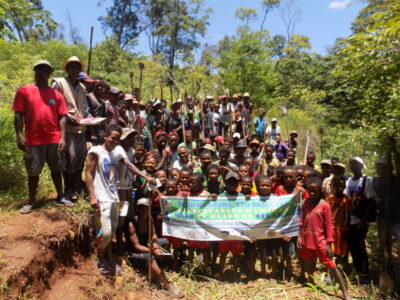




Comments are closed.